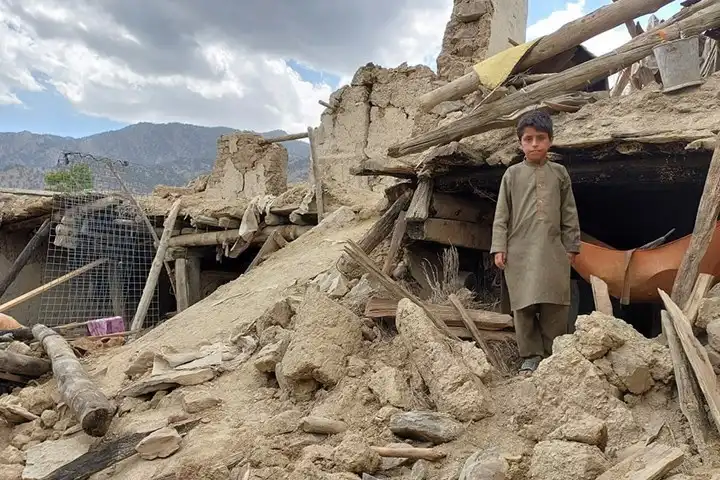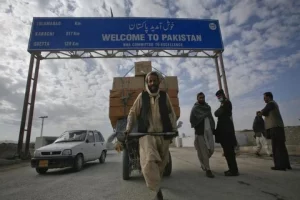The death toll from strong earthquakes that shook western Herat province in Afghanistan has risen to 2,025, Pajhwok News reported on Sunday.
Over 1,200 people have sustained injuries and over 1,320 homes were completely destroyed by the powerful tremors that jolted Afghanistan yesterday.
Pajhwok Afghan News is Afghanistan’s largest independent news agency with its headquarters in Kabul.
Herat and surrounding regions were shaken by the magnitude 6.3 earthquake and its powerful aftershocks on Saturday.
A representative of the Natural Disaster Management Authority was quoted by Zabihullah Mujahid, a spokesperson for the Taliban, as saying that 2,053 people had died and 1,240 more had been injured, reported Pajhwok News.
According to him, 1,320 homes were entirely destroyed, and the number of people in need of rescue is continually growing in the impacted districts.
I learned with great sadness about the tragic consequences of the earthquake that struck the western provinces (Herat, Farah, and Badghis) of Afghanistan.
I am donating all of my #CWC23 match fees to help the affected people.
Soon, we will be launching a fundraising campaign to… pic.twitter.com/dHAO1IGQlq— Rashid Khan (@rashidkhan_19) October 8, 2023
The province’s Zinda Jan and Ghorian districts saw the majority of the fatalities.
Moreover, the Disaster Management Authority head of the region, Maulvi Musa Ashari, told Pajhwok Afghan News the earthquake had razed 12 villages and wounded 600 people in the two districts.
Whereas, the World Health Organisation (WHO), in a post on X, noted that it had sent drugs and supplies to Herat hospitals to help treat the injured. It offered to provide any additional help that was required, according to Pajhwok News.
According to the US Geological Survey (USGS), six earthquakes occurred in western Afghanistan the largest one was at a magnitude of 6.3. Based on the information from (USGS), the latest earthquake with a magnitude of 5.9 occurred at a depth of 7.7 km in the “Zinda Jan district of Herat.”
The quake also was felt in the nearby provinces of Farah and Badghis, according to local media reports.
Afghanistan is prone to earthquakes, particularly in the Hindu Kush mountain range, situated near the convergence of the Eurasian and Indian tectonic plates.




















